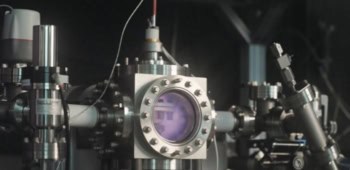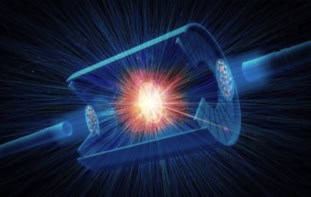An international partnership that was due to start building a $6.3bn experimental fusion reactor will delay construction and look for a cheaper alternative. The decision was made yesterday at a meeting of the project partners - the EU, Japan, Russia and the US.
The international thermonuclear experimental reactor (ITER) was intended to demonstrate the scientific and technological feasibility of fusion energy by producing an ignited, energy-yielding plasma for the first time. Construction was scheduled to start after the engineering design activities were completed in July this year. These activities will now be extended for another three years while the partners seek a cheaper alternative to the present design. An estimated $1bn has been spent on developing the reactor over the past decade. Nevertheless, the decision to delay construction was widely expected. Partners in the ITER project had also been advised to pursue a cheaper fusion programme by several sources. The decision to delay ITER will impact on the Joint European Torus (JET) at Culham in the UK. The world’s leading magnetic confinement fusion experiment, JET is intended to prepare the way for ITER. “This decision gives greater importance to data coming from JET” says Alan Gibson, deputy director of JET.



